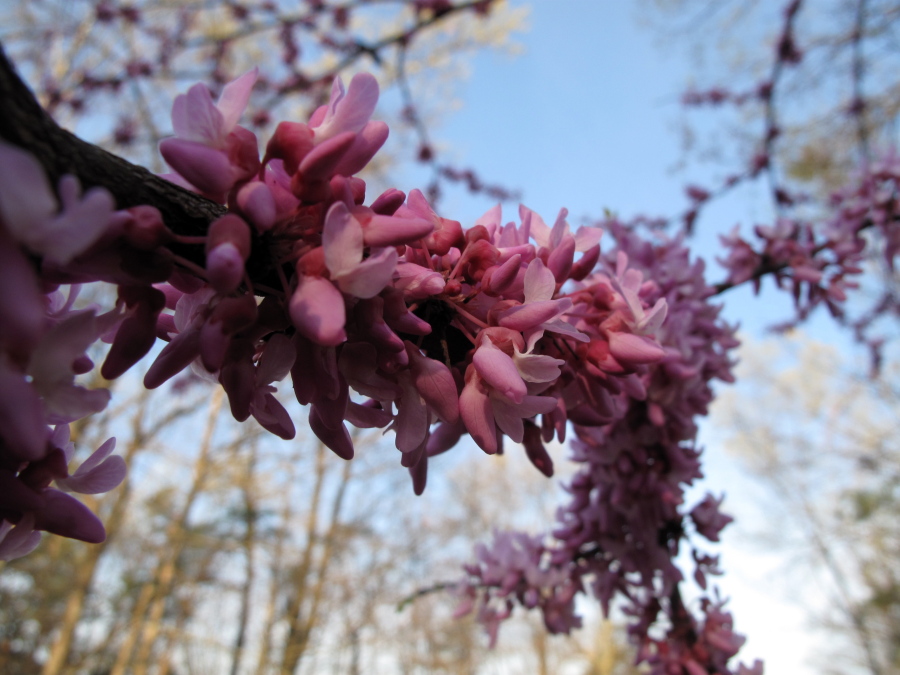Winter and early spring are lean times for honeybees as they emerge from their hives, where food supplies are dwindling, to forage. Adding clusters of winter-blooming plants around the yard will give them much needed nourishment.
Bees take in carbohydrates from floral nectar and protein from floral pollen. Being aware of bloom times and providing flowers that overlap the seasons are important for beekeepers who want to successfully overwinter their colonies.
Some bees, including many wild varieties, begin searching for food as early as January, when sunny days can push temperatures up to 55 degrees or more.
“In the early spring, bees are going to need food to get their engines started again,” said Andony Melathopoulos, a bee specialist with Oregon State University Extension Service. “You can’t simply start up your gardening routines (for pollinators) again in the spring. Solitary wild bees, honeybees and hummingbirds are just clinging to life.
“The preparation you do now is very important since early spring is a vulnerable time for pollinators.”
Pollinator plants such as crocus, primrose and snowdrops will bloom even when snow is on the ground. Trees and shrubs also are effective choices for feeding early emerging honeybees.
“People often overlook trees,” Melathopoulos said. “But when it comes to late winter and early spring, it’s the trees that are important. Willows, maples, filberts and hazelnuts are some of the earliest sources of pollen you’ll find. They’re easy to establish and grow.”
He also suggests establishing the early blooming plants in clusters to make it easier for foraging honeybees to spot and access them.
“Bees are efficient pollinators,” Melathopoulos said. “They really appreciate patches of flowers. They can go from flower to flower easily. It’s hard for them to work on cool days, and if they don’t have to fly between clusters, they really appreciate it.”
Many winter-flowering plants grow in the wild, but pollinators generally don’t live near them, he said. That makes cultivating winter bloomers important when you’re planning your gardens.
Property owners also should leave suitable places for native bees to hibernate undisturbed. Let turf grass grow long over the winter. Avoid pesticides. Reduce lawn size and turn instead to protective shrubs.



